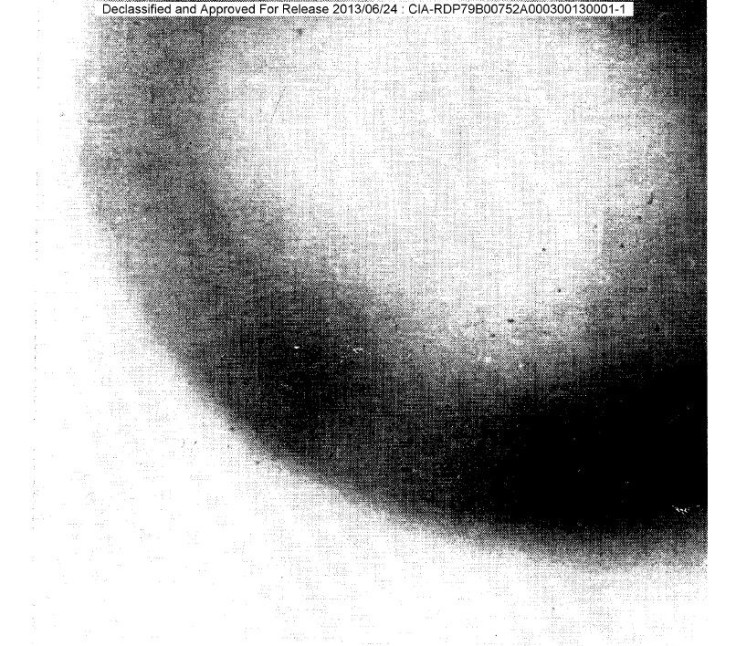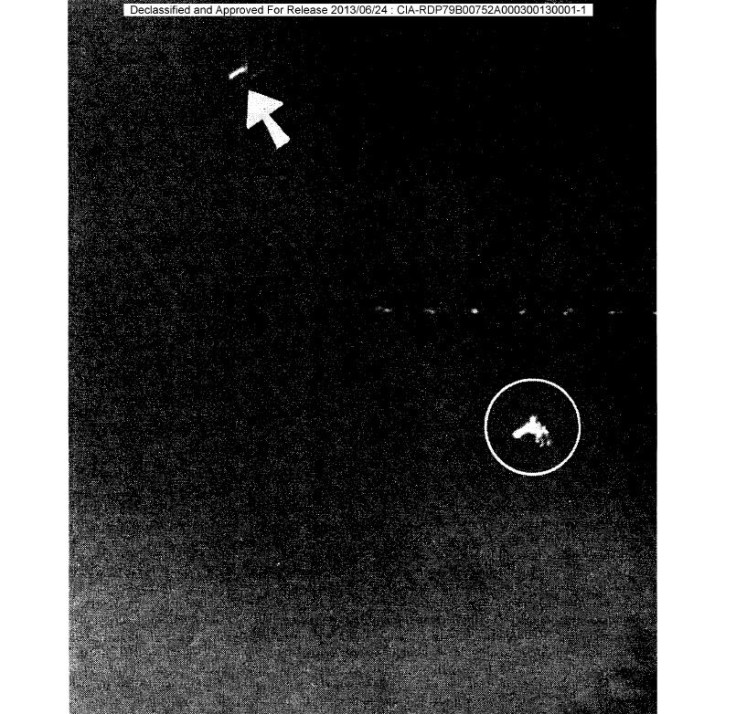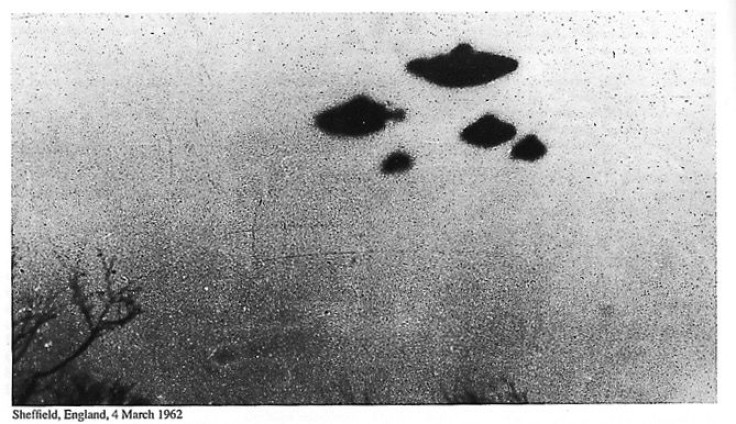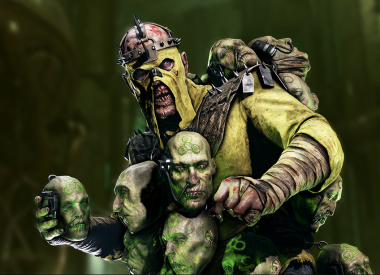In January the CIA, under pressure from disclosure advocate Emma Best, posted online over 13 million pages of declassified documents, including Henry Kissinger’s papers from his tenure as Secretary of State, StarGate files from intelligence efforts to weaponize telepathy, and UFO files. MuckRock, who sued for the release of the CIA treasure trove, organized and documented the photographic evidence for extraterrestrial visitation found in the CIA files. Their conclusion? “Hot garbage.”
Most of the UFO photos released in the CIA document dump are culled from newspapers. Anyone familiar with the past several decades of UFO research is unlikely to find something new. Others are just downright obscure, illegible or unimpressive:



There are a few standout lessons to be found in the CIA’s UFO files, none of which have to do with the existence or nonexistence of extraterrestrials visiting Earth in flying craft (after all, it’s just possible the CIA hasn’t released the good stuff).
The first is a glimpse at the primary methods of intelligence gathering. Looking through declassified intelligence documents is similar to looking through newspaper archives. Rather than first-hand accounts and feet-on-the-ground intelligence gathering, the vast bulk of released UFO files come from the CIA’s collection of clippings. Most, if not all, of the UFO photos were culled directly from newspapers.
The other take away from the CIA’s UFO files is a little more sinister. What’s revealed in this pile of hot garbage is the agency’s endless thirst for secrets. Why were any of these photos classified in the first place? Moreover, why did it take years of FOIA requests and lawsuits for the CIA to finally provide the public with data that belongs to them?
Rampant over-classification leads to a number of bad outcomes in a democracy. It leaves the citizenry ill-informed and unable to act on information they don’t have. This, in turn, allows those with access to classified information to lie with impunity to those without access. Beyond keeping vital intelligence secrets, classification is used for ass-covering and to hide mistakes from the public and press. Plus, it allows John Schindler to be an asshole online.
The ongoing investigation into possible Russian interference in the 2016 election is a perfect example. Without any actual information, just assertions and counter-assertions from politicians, the individual citizen is left adrift in their own democracy, uncertain of any truths and alienated from the discussions their representatives are meant to be having on their behalf.
Over-classification is even a hot topic inside government and intelligence agencies. A House oversight committee estimated that “50 to 90 percent of classified material is not properly labeled.” In other words, mis-classified.
Former CIA and NSA director and ongoing pro-torture ghoul Michael Hayden once said, “Everything’s secret. I mean, I got an email saying ‘Merry Christmas.’ It carried a top secret NSA classification marking.”
In SIDToday, the internal newsletter for the NSA’s Signals Intelligence Directorate, the Chief of SIGINT (signals intelligence) policy (actual name redacted), says:
“One of the things I worry about is over-classification of information. We certainly have come a long way from the ‘No Such Agency’ days, but I think we are unrealistic at times about what information we try to protect from public disclosure… if we continue to insist on classifying information which has already become known to our adversaries or for which disclosure would cause little or no harm to national security, we risk losing control over the really sensitive stuff.”
We only know about these internal concerns thanks to the whistleblower Edward Snowden, who included an archive of SIDToday in his leak to journalist Glenn Greenwald.
More than shedding light on UFOs, the complete uselessness of the CIA UFO archive highlights an agency with deeply anti-democratic principles and methods of operating, hiding information from the people it’s meant to serve.


















